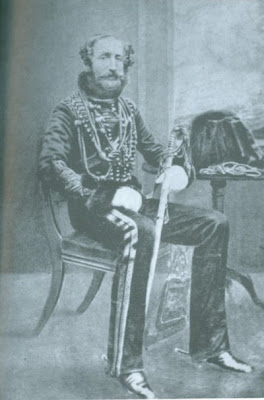Today in History: The Night of Sadness, Cortes the Conquistador's fighting escape from Tenochtitlan, 1520

On this night in 1520, famous explorer, general, and conqueror Fernando Hernan Cortes (b.1485-1547) and his conquistadors fought their way out of the Aztec capital of Tenochtitlan , on Lake Texcoco in modern day Mexico . La Noche Triste became one of the major events in Spain ’s conquering of Mexico and the New World . Today in history on July 30 th a riot ensued during the day which became a massacre against the Europeans and their native levies whom Hernan Cortes had employed in his army during the campaign to conquer Mexico from 1518-1522. The Night of Sadness would become both the defining moment of the early exploration of the New World as well as one of its most tragic consequences. Hernan Cortes, the Conquistador This massacre came to be known as The Night of Sadness (La Noche Triste) and it had a very important impact in regards to the Spain , the Aztec culture, and the end of the greater Aztec dynasty in Mexico . Today it is arguably the defining moment of Corte...





